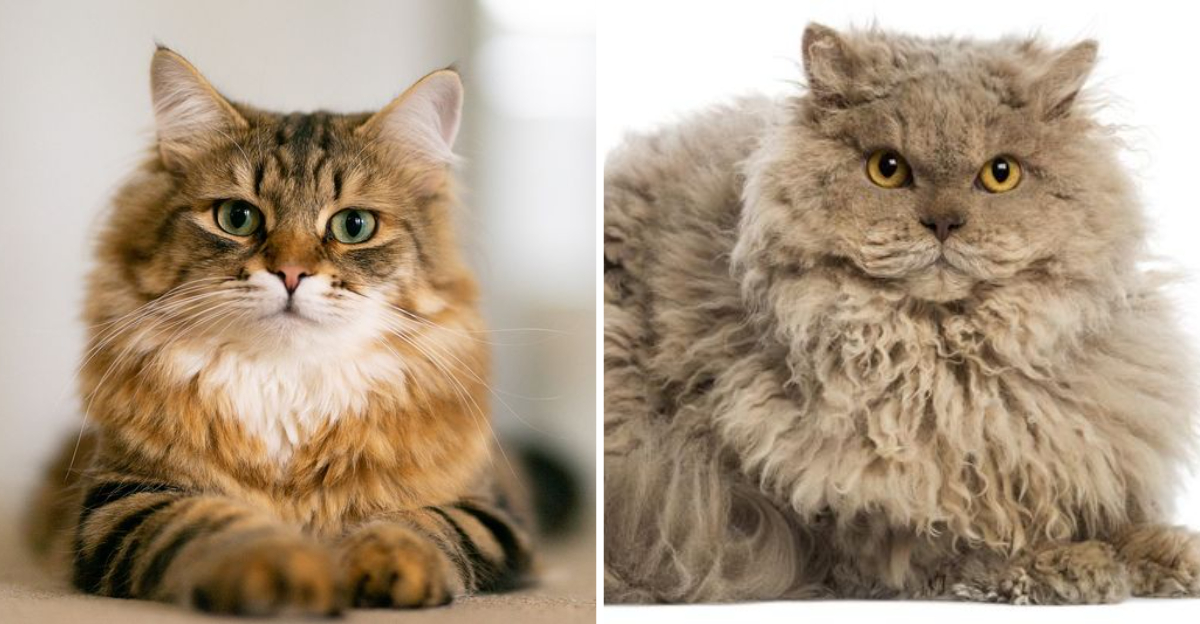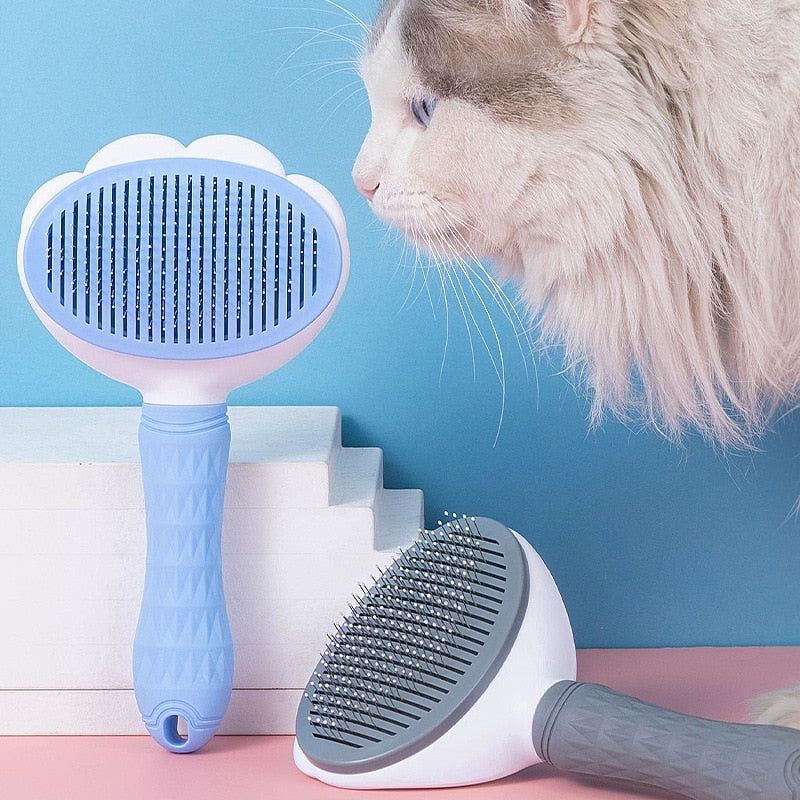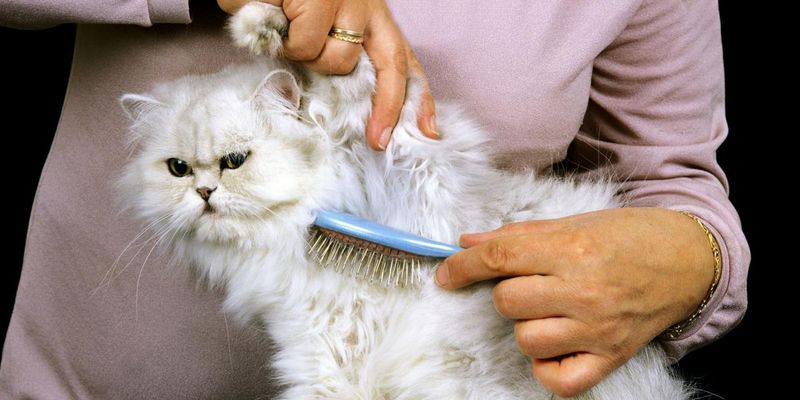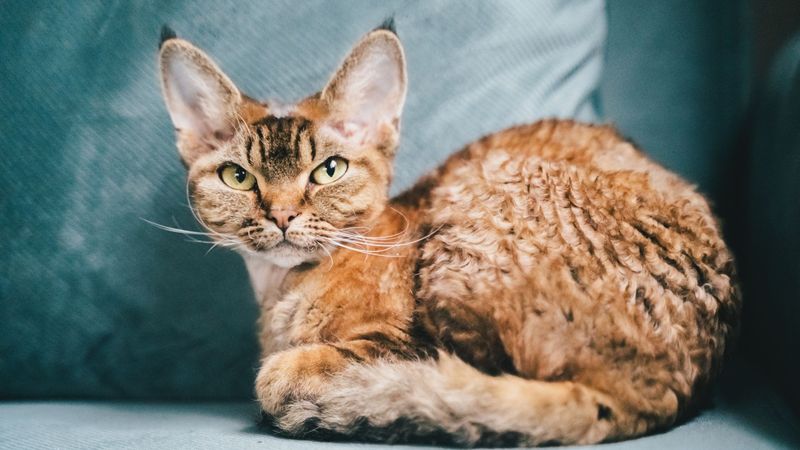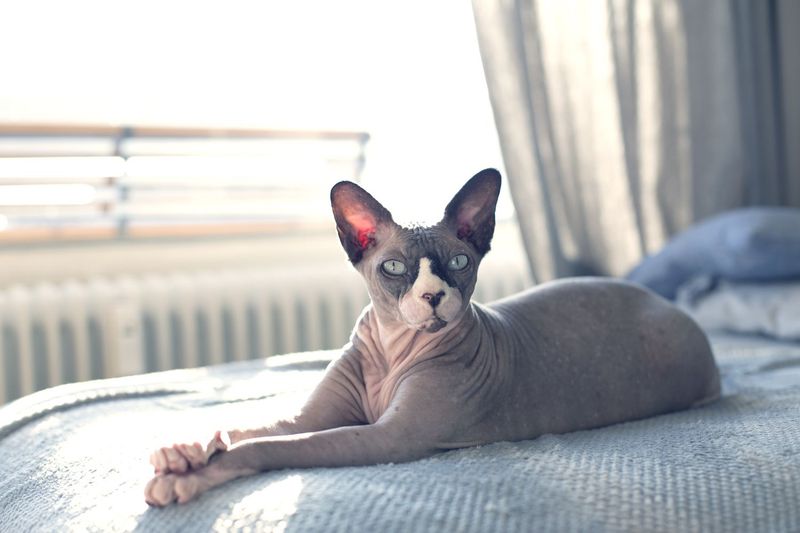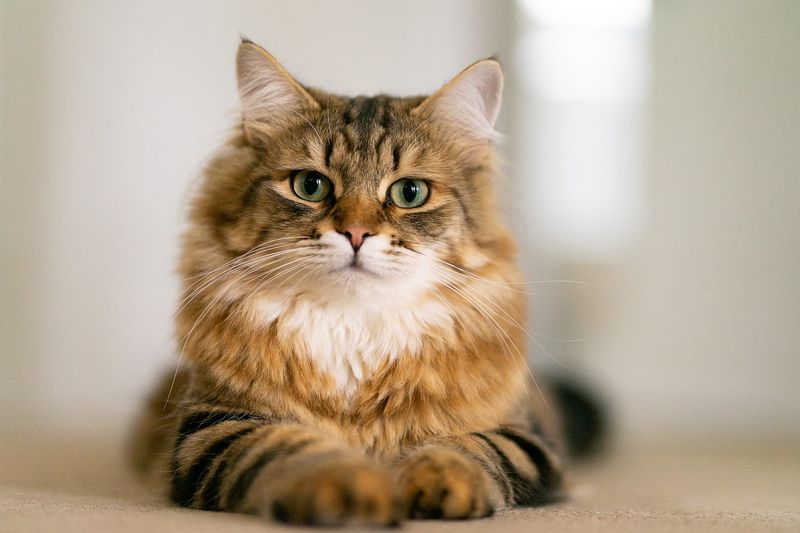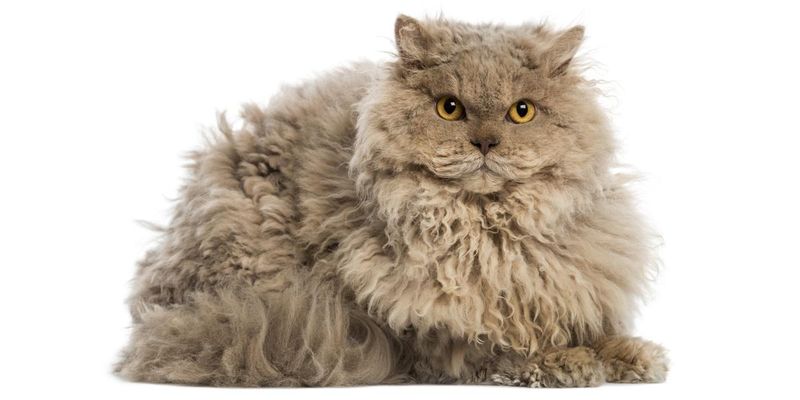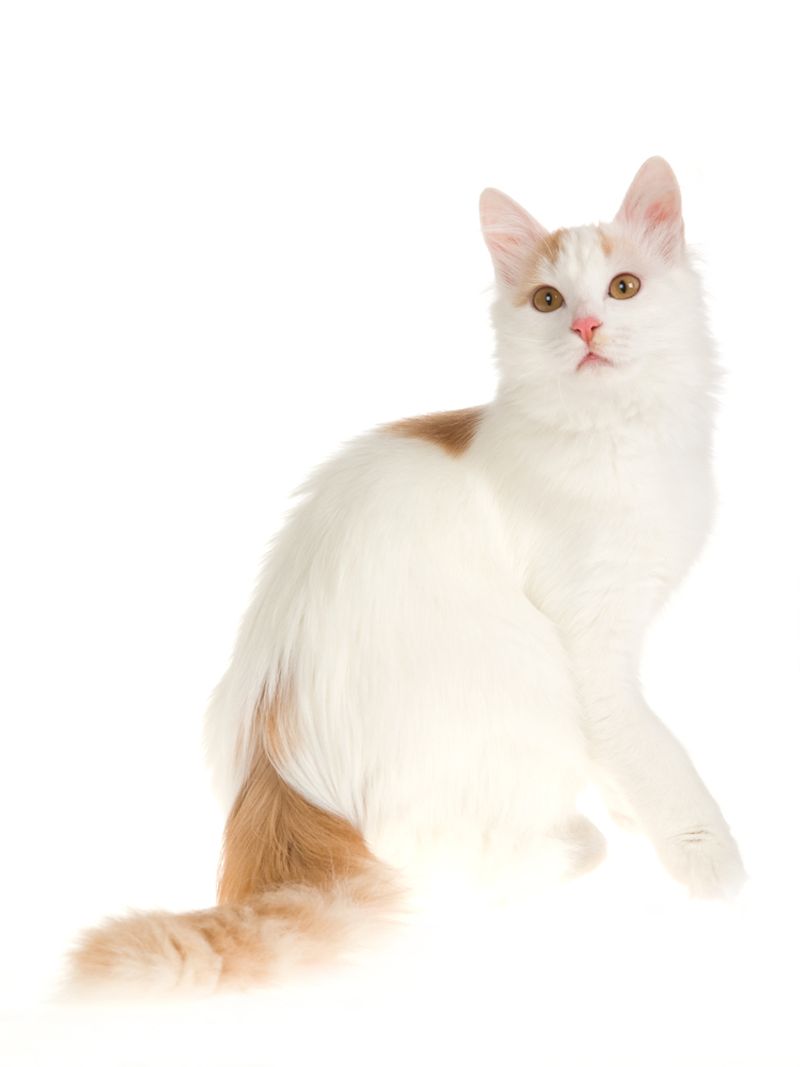📖 Table of Content:
Cats exhibit a variety of coat types, each requiring specific care to maintain their health and appearance. Understanding these coat types and implementing appropriate grooming practices can ensure your feline friend remains comfortable and well-groomed. From sleek short-haired coats to curly ones, each type presents unique challenges and joys for cat owners. With proper care, any cat’s coat can be kept in pristine condition, enhancing not only their beauty but also their overall well-being. Here is a guide to the seven main cat coat types and some tips to keep them healthy.
1. Short-Haired Cats
Short-haired cats, with their sleek coats, require consistent grooming to stay healthy. Regular brushing, at least once a week, helps remove loose hairs and reduce shedding. This practice also distributes natural skin oils, promoting a healthy shine. Use a metal comb to work through the fur from head to tail, brushing in the direction of hair growth. These cats may shed moderately throughout the year, but maintaining a grooming routine will keep their coats looking sleek and beautiful. A balanced diet further supports the health of their short, shiny fur.
2. Long-Haired Cats
Long-haired breeds, such as Persians and Maine Coons, possess fine, silky coats prone to tangling and matting. Daily brushing is essential to prevent mats and keep the coat free from dirt and debris. Start with the abdomen and legs, gently combing the fur upward toward the head. Pay special attention to areas like the chest, belly, and behind the ears, which are more susceptible to matting. These majestic coats require dedication but reward with stunning beauty. Proper grooming tools and techniques ensure their lavish fur remains a highlight of their charm.
3. Curly-Coated Cats
Cats like the Cornish Rex and Devon Rex boast curly coats that are uniquely appealing. Their minimal shedding makes grooming simpler, yet the texture demands care to prevent hair breakage. A soft brush or grooming mitt removes loose hairs without damaging the curls. Regular grooming helps distribute natural oils, maintaining the coat’s luster and softness. Though their curls are less prone to matting, these cats benefit from gentle handling. This breed’s distinctive coat is a delight, reflecting a playful and quirky personality that matches their lively nature.
4. Hairless Cats
Hairless breeds, like the Sphynx, may lack fur but require diligent skin care. Their skin produces oils that can accumulate, leading to issues if not cleaned regularly. Wiping your cat’s skin with a damp cloth helps remove excess oils and debris, keeping them comfortable and healthy. Bathing may also be necessary, but consult a veterinarian for guidance on the appropriate frequency and products. This breed’s unique appearance is both striking and endearing, offering a tactile experience unlike any other. Their care routine ensures they remain as charming as they are distinctive.
5. Double-Coated Cats
Many domestic cats boast a double coat, consisting of an outer layer of guard hairs and a soft undercoat. This type of coat provides insulation and requires regular grooming to prevent matting and reduce shedding. A thorough brushing helps remove loose hairs and distributes natural oils, promoting a healthy coat. These cats are well-adapted to various climates, with their fur offering both warmth and protection. Regular grooming sessions become a bonding experience, enhancing the bond between pet and owner while maintaining the coat’s pristine condition.
6. Woolly-Coated Cats
The Selkirk Rex is known for its dense, woolly coat that feels as soft as it looks. Regular grooming is crucial to prevent tangles and mats, which can form easily in such thick fur. Using a wide-toothed comb, gently work through the fur, starting from the tips and moving toward the skin. Patience during grooming pays off, as it preserves the coat’s unique texture. This cat’s plush appearance is matched by a laid-back personality, offering warmth and companionship in equal measure. The right care keeps their coats as inviting as their demeanor.
7. Water-Resistant Coats
The Turkish Van is renowned for its water-resistant coat, which requires minimal grooming. Occasional brushing helps maintain the coat’s appearance, removing loose hairs and preventing tangles. Focus on areas more prone to matting, such as behind the ears and under the legs. This breed’s affinity for water is complemented by its unique coat, making it both practical and striking. Their grooming needs may be less demanding, but regular attention ensures they stay in peak condition. These cats exhibit a distinctive, adventurous spirit that matches their enchanting appearance.
